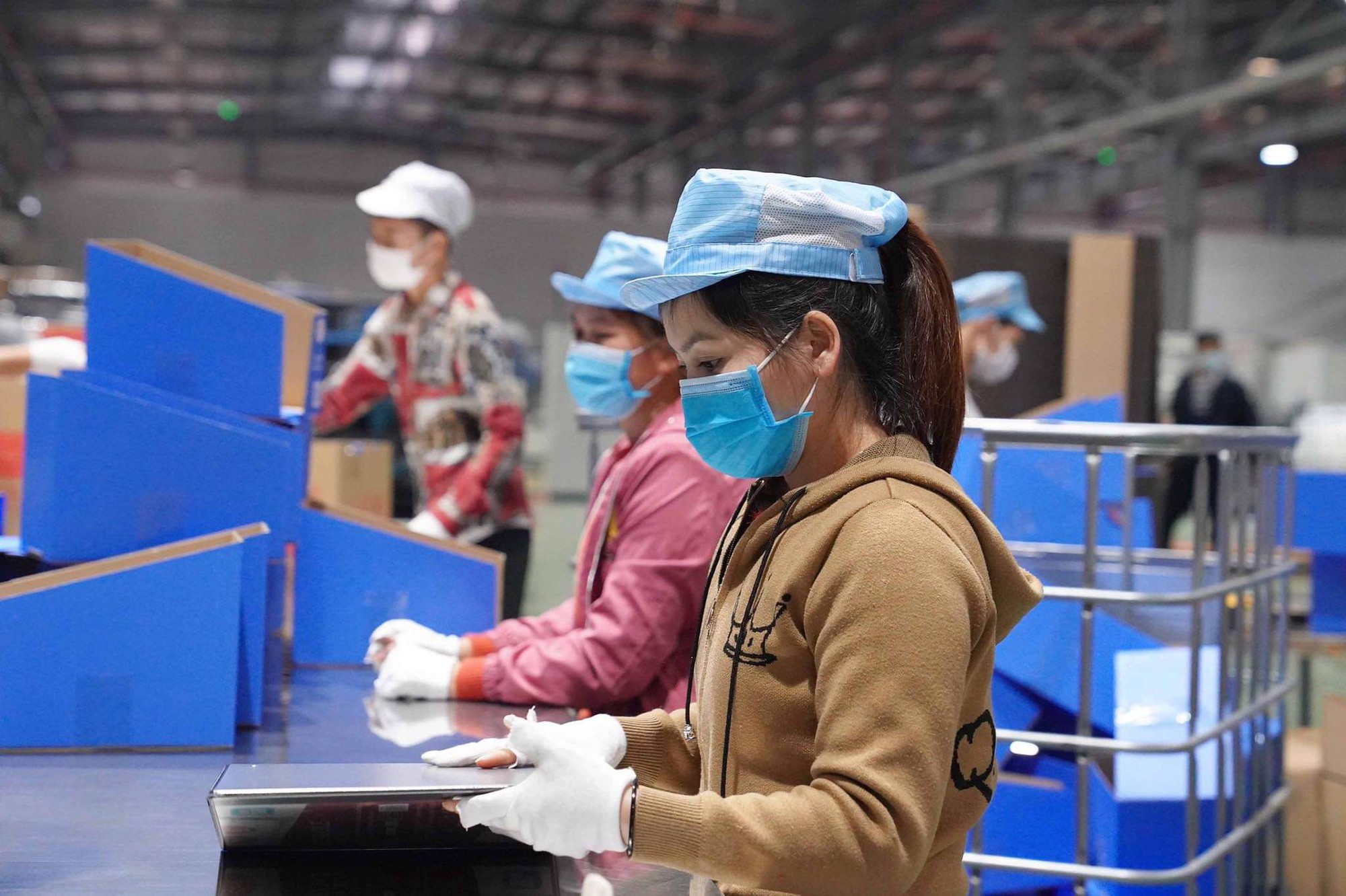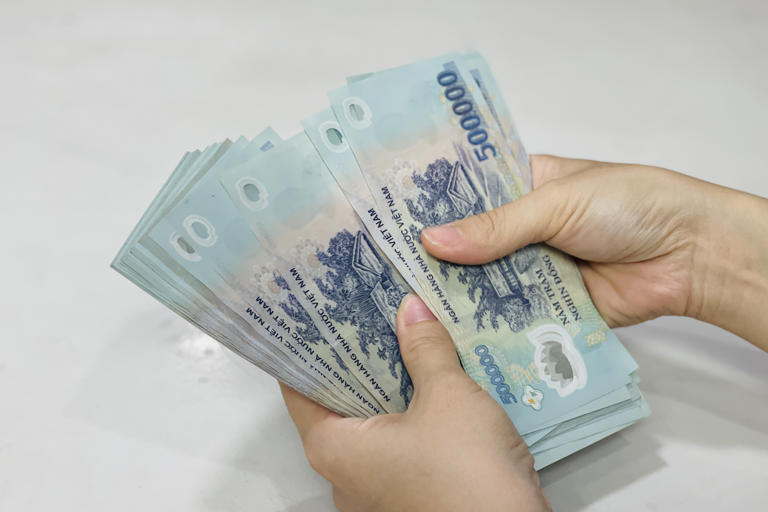Median Income in Vietnam Shows Positive Growth in 2022
The General Statistics Office (GSO) has recently released the results of its 2022 survey on the living standards of Vietnamese households. The findings indicate a significant increase in the average monthly income of Vietnamese individuals, reaching 4.67 million VND in 2022 (based on current prices), representing an 11.1% increase compared to the previous year.
The year 2022 marked an economic recovery and an improvement in living conditions. In the two years of 2019 and 2020, the average per capita income in Vietnam experienced a decline due to the negative impact of the COVID-19 pandemic. However, the average monthly income per person in 2022 has returned to its pre-pandemic growth trend.

The wealthiest 20% of households in Vietnam have an average monthly income per individual of 10.23 million VND. Photo: NT
One notable observation from the GSO survey is that **the wealthiest 20% of households have an average monthly income per individual of 10.23 million VND.** This figure is 7.6 times higher than the income of the poorest households.
According to the GSO, the income growth was observed in both urban and rural areas. The average per capita income in urban areas in 2022 was close to 5.95 million VND (a 10.3% increase compared to 2021), which is 1.54 times higher than the average income in rural areas of 3.86 million VND (a 10.8% increase compared to 2021).
Which Region Has the Highest Average Monthly Income in Vietnam?

The Southeast region had the highest average monthly income in 2022. Photo for illustration
The survey results indicate that, among the six regions, **the Southeast region had the highest average monthly income in 2022**, with 6.33 million VND per person per month. In contrast, the region with the lowest average income was the North Central and Northern Mountainous region, with 3.17 million VND per person per month.
Compared to 2021, the average monthly income per person in 2022 from wages and salaries was 2.6 million VND (an 8.2% increase); income from agriculture, forestry, and fishery was 0.47 million VND (a 4.3% increase); income from non-agriculture, forestry, and fishery was 1.1 million VND (a 15.9% increase); and income from other sources was 0.5 million VND (a 27.7% increase).
The GSO reports that the income structure is shifting towards a more progressive pattern. This is evident in the declining share of income from self-employment in agriculture, forestry, and fishery, which has decreased from 20.1% in 2010 to 10.8% in 2021 and 10.3% in 2022. On the other hand, the share of income from self-employment in non-agriculture, forestry, and fishery has increased compared to the years 2019 – 2021 (34.6% compared to 22.4%, 33.3%, and 32.5%, respectively).
Furthermore, the survey results show that the share of income from wages and salaries has slightly decreased compared to 2021 (by around 1.5%), but it remains high at 55.2%. This suggests that, after the pandemic, self-employment in non-agriculture, forestry, and fishery activities has recovered rapidly.
According to the GSO survey, in 2022, **the average monthly expenditure per capita was approximately 2.8 million VND, a decrease of about 3.3% compared to 2020.** This may indicate a trend towards tighter household spending (especially in urban areas) due to the impact of the COVID-19 pandemic.
The average monthly expenditure per capita in urban areas was 3.3 million VND (a 13.6% decrease compared to 2020), while in rural areas it was close to 2.5 million VND per person per month (a 4.7% increase compared to 2020). The statistics agency notes that in 2022, the gap between urban and rural areas narrowed, primarily due to a reduction in spending by urban dwellers.
Despite the decline in average per capita expenditure, the average per capita income has shown an upward trend compared to the previous year. This is a further indication of the recovery in household living conditions after the COVID-19 pandemic.





































